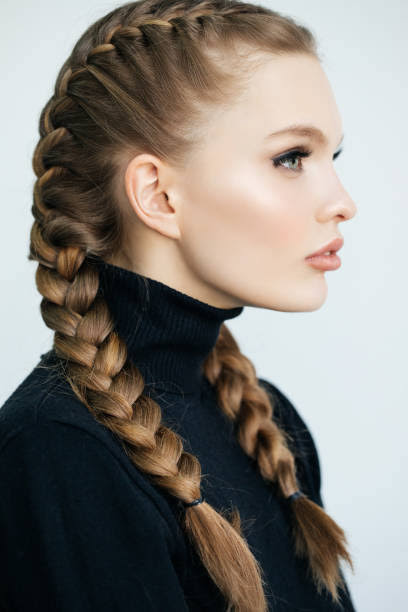Does kalonji oil help with hair grow?
Kalonji oil, also known as black seed oil or Nigella sativa oil, has a history of traditional use for various health and wellness purposes, including hair growth. While there is some anecdotal evidence and limited scientific research suggesting potential benefits, it's important to acknowledge that conclusive evidence is lacking, and further studies are needed. Here are key points highlighting the potential effects of kalonji oil on hair growth:
Rich in Nutrients:
Kalonji oil contains essential fatty acids, vitamins (especially vitamin E), and minerals like iron and zinc. These nutrients are vital for supporting healthy hair growth and maintenance.
Antioxidant Properties
The oil boasts antioxidants that safeguard hair follicles from damage caused by free radicals. This can contribute to maintaining a healthy scalp environment, crucial for optimal hair growth.
Anti-Inflammatory Effects:
Kalonji oil has demonstrated anti-inflammatory properties, which may soothe the scalp and reduce inflammation. Scalp inflammation can interfere with hair health and growth.
Potential DHT Regulation:
Some research suggests that kalonji oil might help regulate dihydrotestosterone (DHT) levels, a hormone associated with hair loss, particularly in cases of androgenetic alopecia (male or female pattern baldness).
Enhanced Blood Circulation:
Massaging kalonji oil into the scalp can improve blood circulation to hair follicles, ensuring they receive adequate nutrients and oxygen for healthy growth.
Moisturizing and Conditioning:
Kalonji oil's natural emollient properties can hydrate the scalp and hair, preventing dryness and reducing the risk of breakage.
Hair Strengthening:
The oil's nutrients can fortify hair strands, making them more resilient to damage and breakage.
Scalp Health:
Kalonji oil's antimicrobial and antifungal properties may promote a clean and healthy scalp, an essential environment for hair growth.
Improved Hair Texture:
Regular use of kalonji oil may lead to smoother and shinier hair.
Individual Responses Vary:
It's crucial to recognize that people's responses to kalonji oil can differ. Some individuals may experience noticeable improvements in hair growth and quality, while others may not see significant changes.
Kalonji oil, derived from the seeds of Nigella sativa, is believed by some to hold potential benefits for hair growth. Among various brands offering kalonji oil products, Moksha Lifestyles is renowned for its commitment to quality and natural ingredients. This oil is rich in essential components that may nourish the scalp and hair follicles, potentially promoting healthier hair and stimulating growth.
By applying Moksha Lifestyles' kalonji oil to the scalp, it is believed to moisturize, enhance blood circulation, and strengthen hair strands, collectively creating an environment conducive to hair growth. However, individual results can vary, and it's important to note that scientific research on the specific effectiveness of kalonji oil for hair growth remains limited






















































